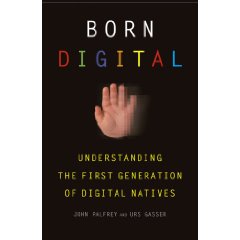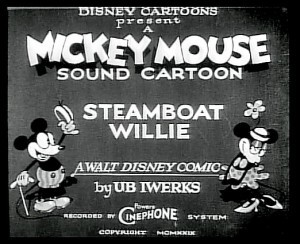
Molly Kleinman, a librarian at the University of Michigan, has written two great blog posts on How To attribute CC works. I strongly recommend reading them here is an excerpt.
Best practices for Attribution of CC work:
1. “Keep intact any copyright notices for the Work”: If a work you’re using has a notice that says “© 2008 Molly Kleinman”, reproduce that notice when you credit the work. If such a notice does not appear, don’t worry about it.
2. “Credit the author, licensor and/or other parties (such as a wiki or journal) in the manner they specify”: If a creator has a note attached to her work that says, “Please attribute Molly Kleinman as the creator of this work,” then attribute Molly Kleinman. If there is no note, but there is a copyright notice (see above), attribute the copyright holder named in the copyright notice. If there is no note or copyright notice but there is a username, check the creator’s profile to see if it specifies how to attribute the creator’s work. If it doesn’t, attribute the username. If there is no creator or author name of any kind, but there is a website (like Wikipedia), attribute the website by name.
3. “The title of the Work”: If the work has a title, call it by name. If it doesn’t, you can just say “This work by Molly Kleinman…” or just “Untitled, by Molly Kleinman…” Whatever seems appropriate.
4. “The URL for the work if applicable”: Link back to the original source of the work. I would argue that this is the most important part of the attribution notice. It can help creators keep track of places where their work appears by seeing what links are driving traffic to their websites. It also gives users of your work an easy way to track down the original source. If you are reproducing a CC-licensed work in a print format, you might prefer not to include a long and ugly URL, and there might be situations where leaving out a URL is appropriate. But in general, the link is the most valuable part of the attribution.
5. “The URL for the Creative Commons license”: Link to the license. The original work should have a link to the license under which it was released; link to the same place. You do not need to include the full text of the license when you reproduce a CC-licensed work.
There is no standard way to format the attribution of a CC-licensed work, and you can adapt the style or phrasing to suit your needs or the standard citation style of your discipline.
Here are a few examples:
An Ideal Attribution
This video features the song “Play Your Part (Pt.1)” by Girl Talk, available under a Creative Commons Attribution-Noncommercial license. © 2008, Greg Gillis.
A Realistic Attribution
Photo by mollyali, available under a Creative Commons Attribution-Noncommercial license.
A Derivative Work Attribution
This is a video adaptation of the novel Down and Out in the Magic Kingdom by Cory Doctorow, available under a Creative Commons Attribution-Noncommercial-Share Alike license. Copyright © 2003 Cory Doctorow.
Read more at Molly’s Blog:
http://mollykleinman.com/2008/08/15/cc-howto-1-how-to-attribute-a-creative-c
ommons-licensed-work/
http://mollykleinman.com/2008/08/21/cc-howto-2-how-to-use-a-work-with-a-nonc
ommercial-license/
PS the blog is licensed under CC-BY, so you’re also free to use and adapt them however you’d like!






